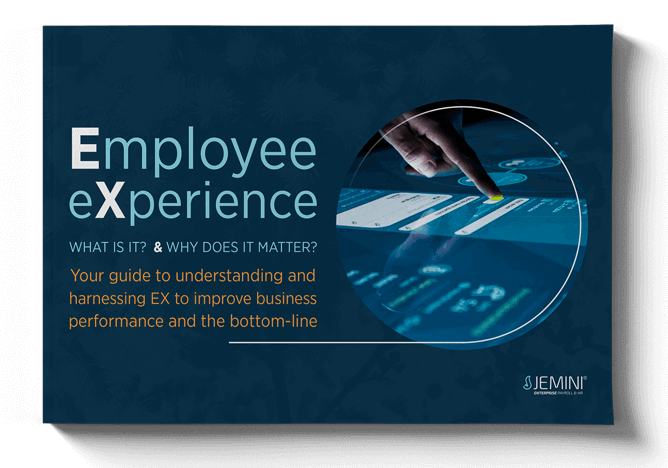- To make a new employee feel welcome and help them become productive as quickly as possible
- To share your company values, culture, goals, and processes
- To ensure a new employee has the tools, knowledge, and support to do their job
Note: Most businesses already have a series of strategically timed ‘welcome to the business/things you need to know’ emails that they send out before an employee’s commencement date. These can be tweaked, enhanced, and extended for remote workers.
Next, what’s different for a virtual employee?
When an employee works from home, sometimes 100 km may as well be 1000 km.
The emotional distance: It’s easy for a remote employee to feel isolated from the business and their team. And if they’re new to WFH, they can feel unsupported, unappreciated (out of sight, out of mind) and unmotivated. There are no companionable chats over coffee, no friendly ‘good morning, how was your weekend?’ in the lift, and no ‘let’s grab lunch’ moments.
The physical distance: WFH shouldn’t mean an employee is under-resourced. Their home office needs to be well-equipped. They should have fast and unfettered access to the information they need to do their job, and ready support when things go wrong – just like an on-site worker.
Our virtual employee onboarding checklist suggests ways you can build a robust and inclusive relationship between your remote employees, the company, and their team.





